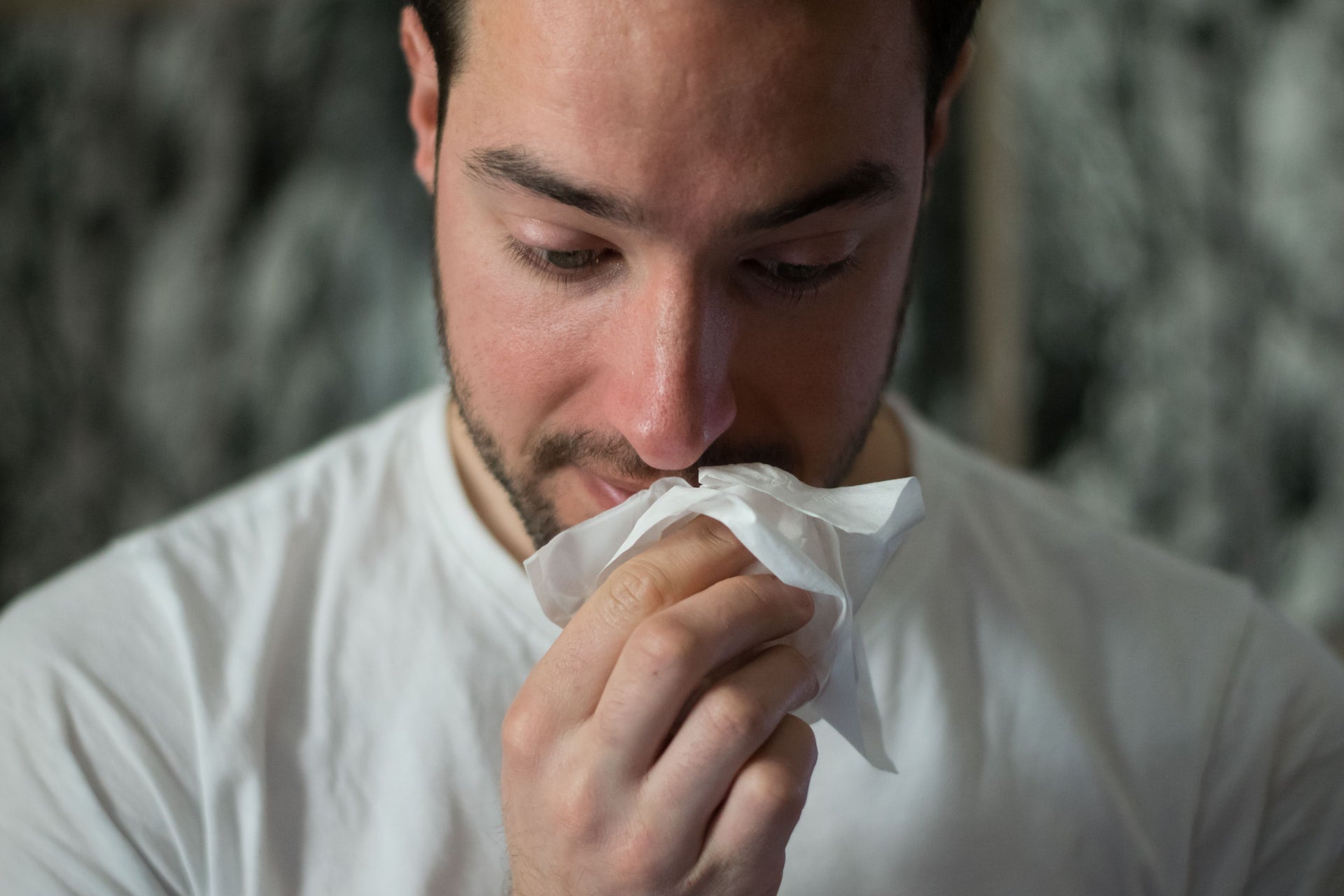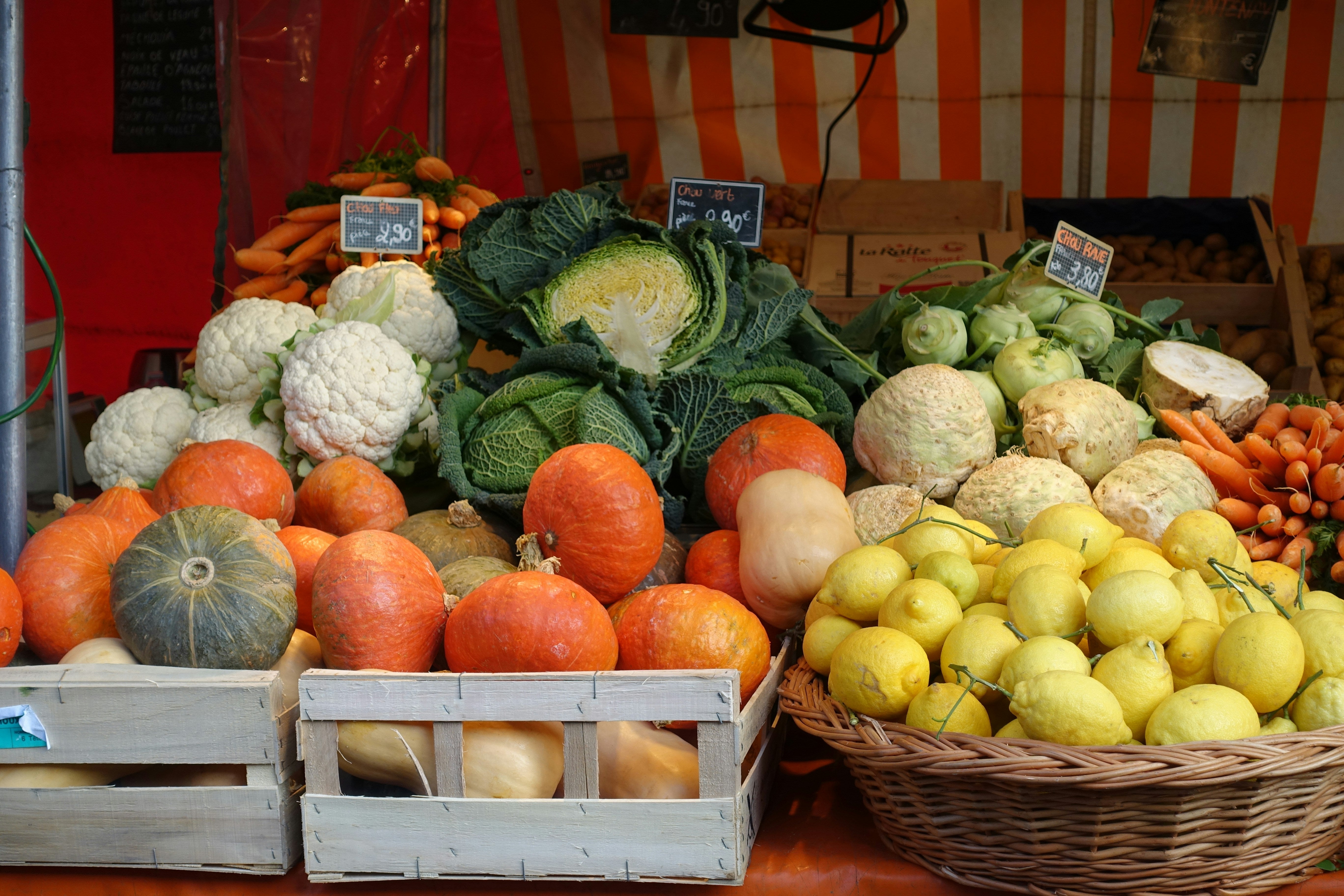Why Does Flu Season Happen?

Have you ever wondered what 'flu season' really means? Sure, we know it comes in the wintertime as temperatures drop. We usually associate the flu and the common cold with, well, the cold. But what about the cold makes these viruses so prevalent, and why do we all seem to get hit at the same time?
First, let's talk about the flu. More officially known as influenza, the flu is a viral respiratory illness. More severe than a common cold, it is differentiated by fever, cold sweats, body aches, exhaustion, and often gastro-intestinal distress.
The flu is very contagious. From about one day before symptoms begin to about 7 days after, adults can spread the virus. It's primarily spread through airborne transition, which is why coughing and sneezing into your elbow to reduce the amount of virus-filled water droplets is essential.
Every year, 200,000 people are hospitalized by the flu and of these around 40,000 people die. It is far more dangerous for the very young, the elderly, and those with a weakened immune system.

The Flu Season
We'll hear the first whisperings of flu season in October. It usually peaks in February and will end by March. Interestingly enough, in the Southern hemisphere, because winter falls between June and September, their flu season is during our summer.
When winter comes, so does the flu. Influenza actually may come from the Italian name, influenza di freddo, meaning "influence of the cold".
It is important to understand that cold temperatures do not cause the flu. To get the flu, your body must be introduced to the influenza virus. However the lifestyle we lead during the colder months, the lack of sunlight, and the climate contributes to the high rates of flu transmission.
In the winter, we keep windows and doors shit, reducing airflow and allowing the virus to thrive. We also get less vitamin D from sunlight, effecting our immune system. Lastly, most viruses survive better in cold and dry climates.
It is not necessarily known why the virus survives better in the cold, but a study from the 1960s found that influenza survives longer at low humidity and low temperatures. At 43 degrees Fahrenheit with low humidity, the virus was mostly able to survive more than 23 hours, whereas at high humidity and a temperature of 90 degrees Fahrenheit, the virus barely lasted an hour.




